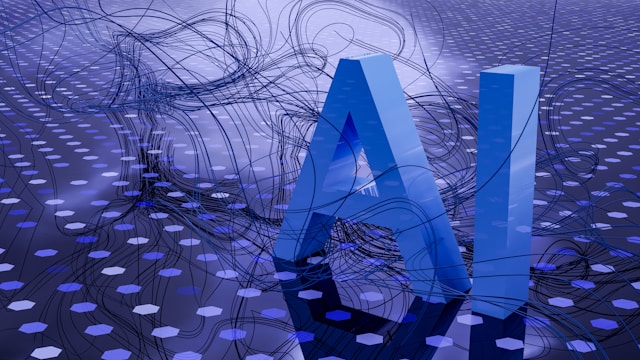This week’s instructional content was fascinating. I always get excited when I learn something new about AI, as we know it will impact many tasks in the technical writing industry. Amruta Ranade’s YouTube video, “Using ChatGPT for Technical Writing // ChatGPT Demo,” was enlightening. She shared insights into the advantages and limitations of using ChatGPT in the technical writer’s space.
Despite the plethora of AI programs available, this blog will focus on ChatGPT. For those unacquainted, ChatGPT is a sophisticated program developed by OpenAI that can understand and generate text in a manner akin to human communication. Its versatility in language includes answering questions, explaining concepts, creative writing, summarizing information, and engaging in conversations.
According to Amruta, ChatGPT helps to research and comprehend topics, outline content, and ensure voice and tone consistency.
What delighted me?
I’m thrilled that AI has become a valuable tool for technical writers, supplementing rather than replacing human expertise.
The notion that ChatGPT can aid technical writers in researching and understanding topics is a tremendous advantage. The research phase, often the most time-consuming aspect of technical writing, is significantly streamlined with ChatGPT’s assistance.
For instance, I did a little experiment. I tasked myself with writing a pseudo-operator manual for a commercial airplane—a topic outside of my expertise. I would typically face an arduous research process. However, ChatGPT simplifies this task by quickly generating a comprehensive outline, providing a solid starting point for further exploration.
I tested ChatGPT’s efficacy by requesting an outline for a commercial airplane operator’s manual. The result was impressively quick and informative, offering a general idea of the necessary content. This initial outline below would be invaluable, especially after validation and refinement by subject-matter experts within the airline.
Illustration From ChatGPT

Amruta also highlighted three potential drawbacks of using ChatGPT: its inability to generate original content, the risk of providing inaccurate information, and reliance on an outdated information model. These limitations are crucial for technical writers, who depend on precise and current information.
I further tested ChatGPT by researching coffee growth and harvesting for a personal project. The discrepancies in information regarding growing conditions confirmed Amruta’s concerns about accuracy.
For example, I prompted ChatGPT with one command: “Explain different coffee types: Arabica vs. Robusta, light vs. dark roasts, single-origin vs. blends.” ChatGPT revealed that the growing conditions for Arabica beans grow at higher altitudes, usually 600 to 2,200 meters above sea level.
Yet, I confirmed with many other sources that the altitudes are much higher for growing conditions. Anything grown below 3000 feet above sea level is low altitude.
Illustration From ChatGPT

What was most meaningful for your own career goals?
The discussion on ChatGPT’s pros and cons is highly relevant to my career aspirations in technical writing. Using AI as a research and content planning tool represents a significant efficiency gain, likely proving beneficial to future clients.
Awareness of the potential challenges associated with ChatGPT, such as outdated or inaccurate information, prepares writers to mitigate these issues effectively.
As my team and I conclude our content strategy project, ChatGPT could have helped to maintain voice and tone consistency across our diverse writing styles. This tool represents a straightforward solution to unify our content assessment report, underscoring its value in collaborative projects.
Conclusion
In conclusion, the journey into artificial intelligence, mainly through the lens of ChatGPT, opens up a fascinating world of possibilities and challenges for technical writers. As we navigate this evolving landscape, it’s clear that tools like ChatGPT can significantly enhance our efficiency, enabling us to tackle complex topics with newfound ease and confidence.
However, this journey also requires us to be vigilant, ensuring the accuracy and relevancy of the information we present. By embracing the strengths of AI while cautiously addressing its limitations, we can push the boundaries of technical writing, enriching our content with precision and creativity. This exploration marks a pivotal step in my professional growth. It underscores the dynamic synergy between human expertise and artificial intelligence in shaping the future of technical communication.
